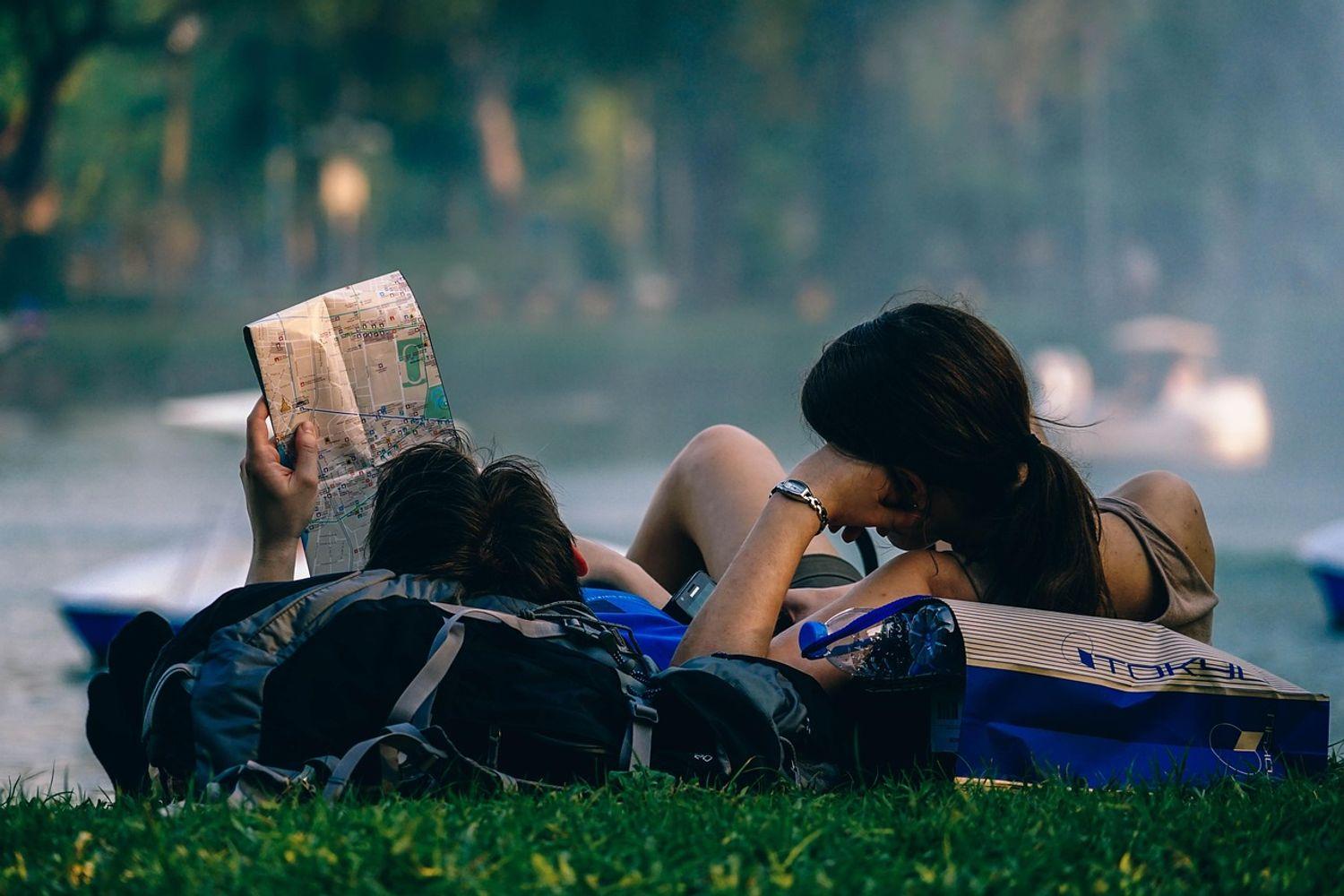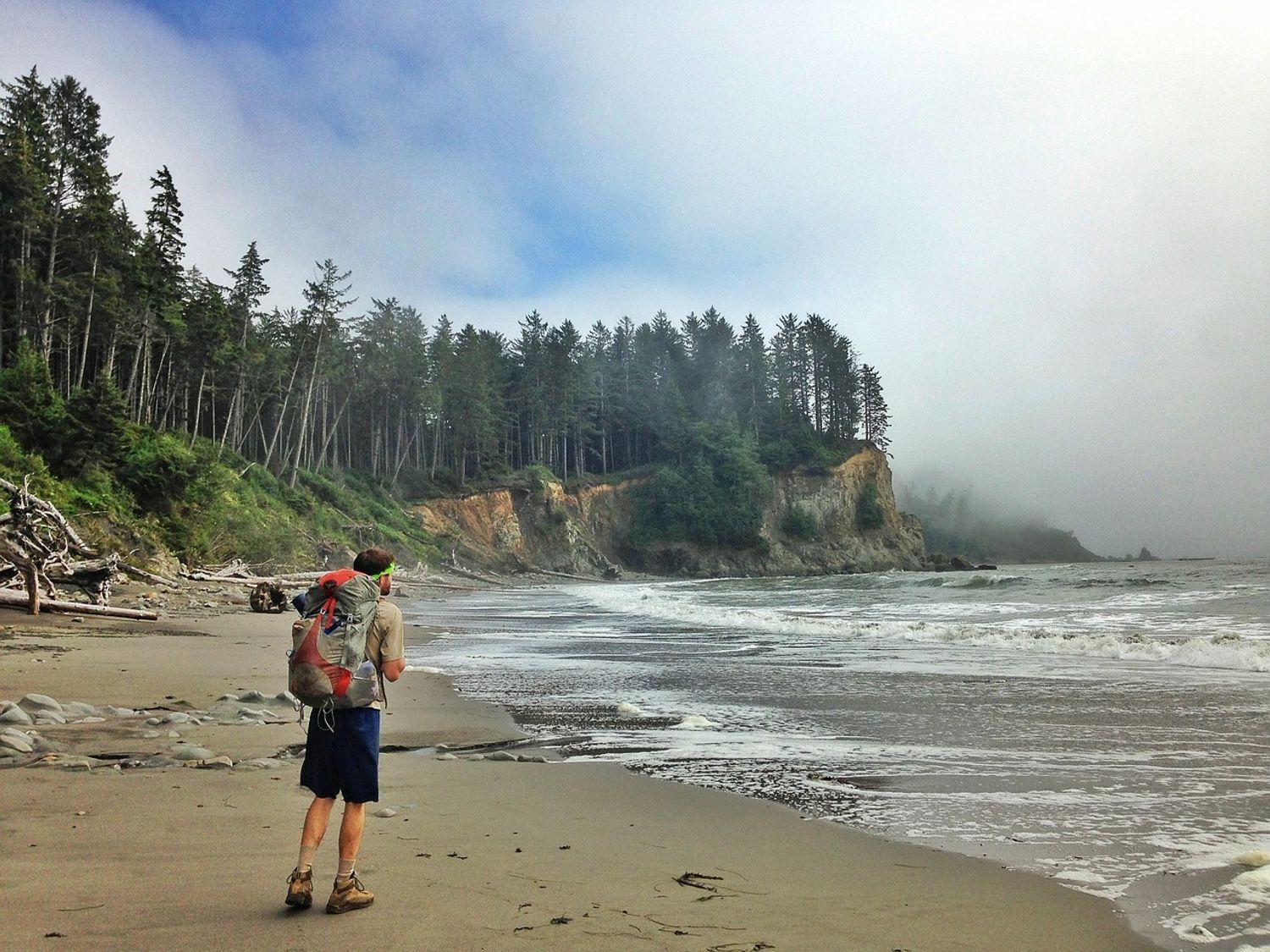Uttarakhand, known for its beautiful Himalayan ranges, offers a wide variety of trekking destinations thanks to its mountainous terrain. Over 80% of its landscape is covered by mountains. It’s a year-round destination for travelers of all kinds, but winter adds a completely different charm to the region.
During the cold months, much of Uttarakhand transforms into a winter wonderland, blanketed in white and surrounded by snow peaks. While some trails become inaccessible due to heavy snowfall and frosty conditions, a few remain open and are perfect for beginners seeking adventure. These powder-dusted paths wind through pine forests, offering breathtaking views of snow clad mountain peaks glistening under the pale sun.
You might find yourself shivering in the cold winds of the Himalayas, feeling numbness in your toes, and getting goosebumps with every chilly breeze, yet the experience is irresistibly magical. Trekking here in December feels like walking through a serene paradise where every step reveals new beauty.
For those who are physically and mentally fit, these winter treks in Uttarakhand promise a thrilling and unforgettable snow trekking experience amid the pristine landscapes of the Himalayas.
Gulabi Kantha Trek
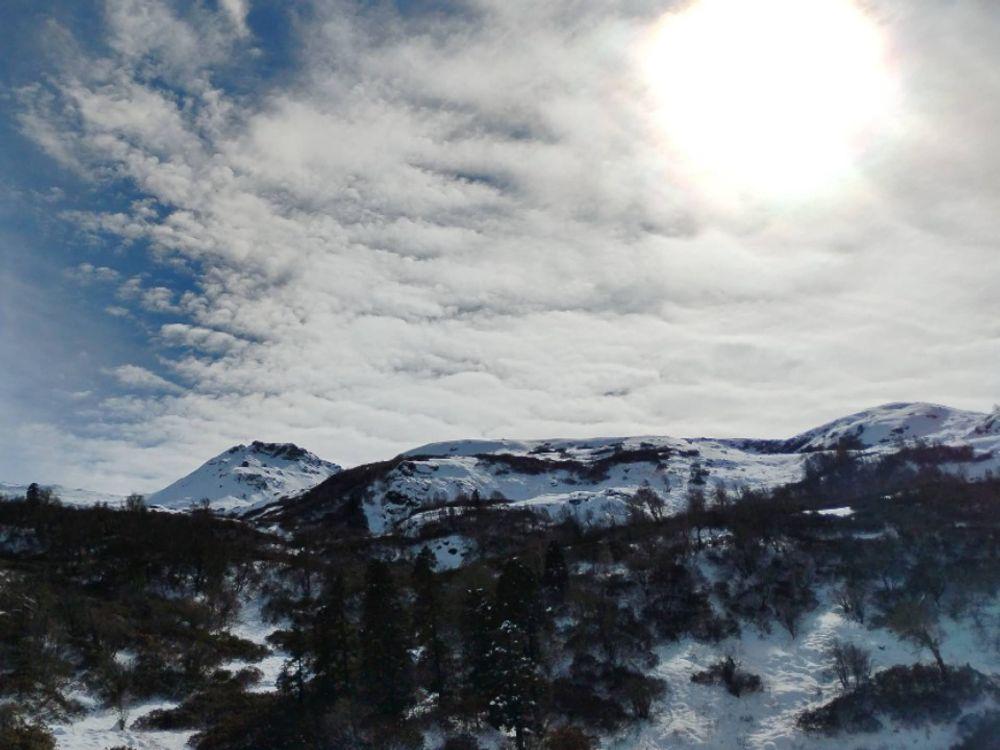
The Gulabi Kantha Trek is a perfect winter destination in Uttarakhand. This easy to moderate trek is ideal for beginners and snow lovers seeking a peaceful yet thrilling experience in the Himalayas. Reaching an altitude of around 13,000 feet, the trail starts from Hanuman Chatti near Yamunotri and passes through quiet forests, alpine flora, and gentle meadows dusted with snow.
As you ascend, you’ll face some challenges, but the reward at the summit is unforgettable — a wide panorama of Bandarpunch, Sri Kantha, Baukh Tibba, DKD, and Janoli Peaks, often floating above the clouds at sunrise. The route remains less crowded, offering moments of calm and connection with nature. It also bypasses famous trails like Darwa Top, Dodital, and Dayara Bugyal, making it a hidden gem that perfectly blends adventure, serenity, and Himalayan beauty.
Quick Facts
● Total Trek Distance: 28 km
● Maximum Altitude: 13,000 ft
● Difficult Level: Easy to Moderate
● Duration: 5 Days
● Minimum Age: 10 years
● Region: Hanuman Chatti, Uttarkashi District
Kedarkantha Winter Trek
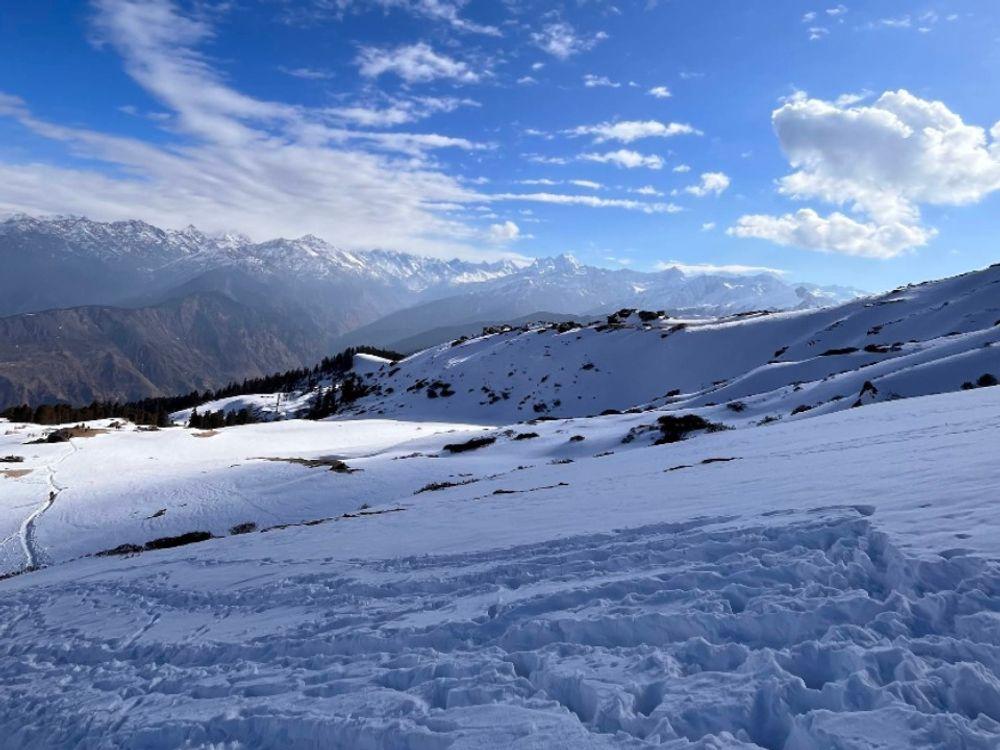
The Kedarkantha Trek is one of the most popular winter treks in Uttarakhand, about 200 km away from Dehradun, and known as the “Queen of Winter Treks.” This easy to moderate level trek is recommended for beginners and seasoned trekkers alike. The trek route of 4 to 5 days gradually ascends from the village of Sankri, the starting and ending point, through beautiful dense forests of oak, pine trees, and rhododendron, crossing water streams and untouched stretches of snowy fields.
Campsites like Juda Ka Talab, a serene frozen lake, and Kedarkantha Basecamp lead to the challenging summit climb to Kedarkantha Peak (or Kedar Kantha Peak) at a maximum altitude of 12,500 feet above sea level. From the top of the summit, trekkers are rewarded with a 360-degree view of the mighty Himalayas, including Mt. Swargarohini, Mt. Bandarpoonch, Black Peak, the Ranglana and Yamunotri Ranges, making this a prominent place for those seeking beauty, peace, and adventure.
Quick Facts-
● Total Trek Distance: 20 km
● Maximum Altitude: 12500 ft
● Difficult Level: Easy to Moderate
● Duration: 4 Days
● Minimum Age: 10 years
● Region: Sankri, Uttarkashi District
Dayara Bugyal Winter Trek
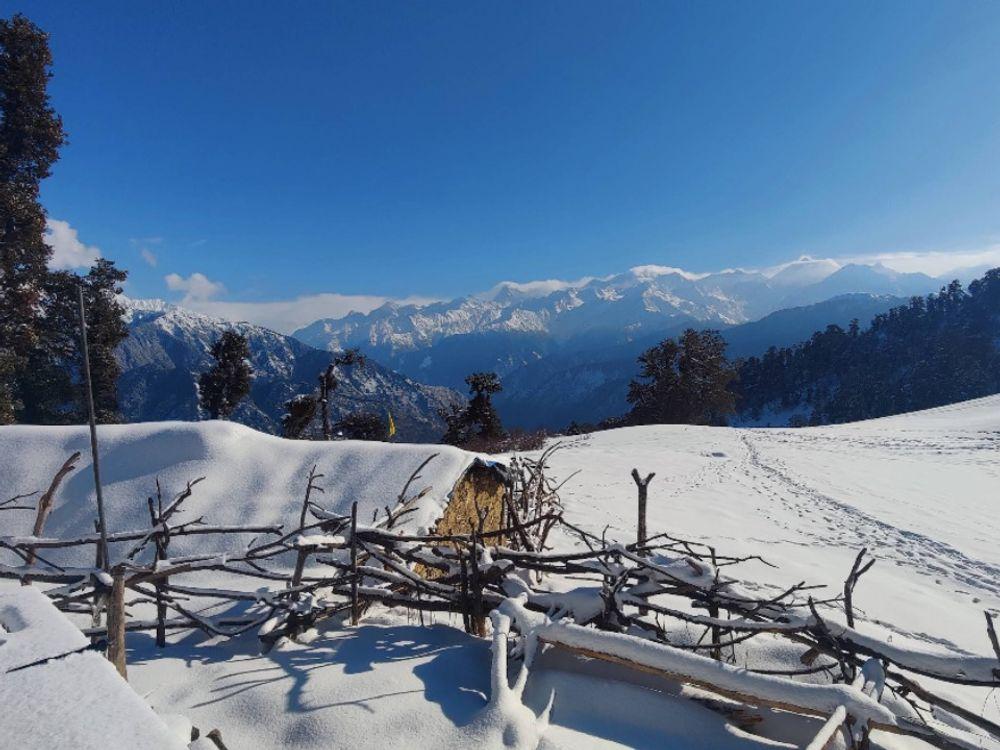
The Dayara Bugyal Trek in the Uttarkashi district of Uttarakhand, India, is a popular beginner-friendly trek and an excellent winter trekking destination. Known for its vast high-altitude meadows, it’s a perfect destination for snow lovers, families with children, and adventure enthusiasts alike. It takes about 3 to 4 days to complete, starting from villages like Raithal or Barsu.
The trail offers peaceful forest walks through lush greenery of oak, pine, and rhododendron, opening up to endless snowy trails during the winter months. Trekkers breathe in fresh air and witness majestic views and breathtaking vistas of Himalayan peaks such as Mt. Bandarpunch, Black Peak, Srikanth, Janoli, and Draupadi Ka Danda (DKD) from the Gangotri mountain range.
Whether covered in snow during winter or glowing with lush greenery in summer, Dayara Bugyal trek is an excellent choice for anyone seeking beauty, serenity, and the opportunity to experience the magic of the mountains in comfort.
Quick Facts-
● Total Trek Distance: 22 km
● Maximum Altitude: 12000 ft
● Duration: 4 days
● Difficulty: Easy
● Minimum Age: 10 years
● Region: Raithal, Uttarkashi District
Kuari Pass Winter Trek
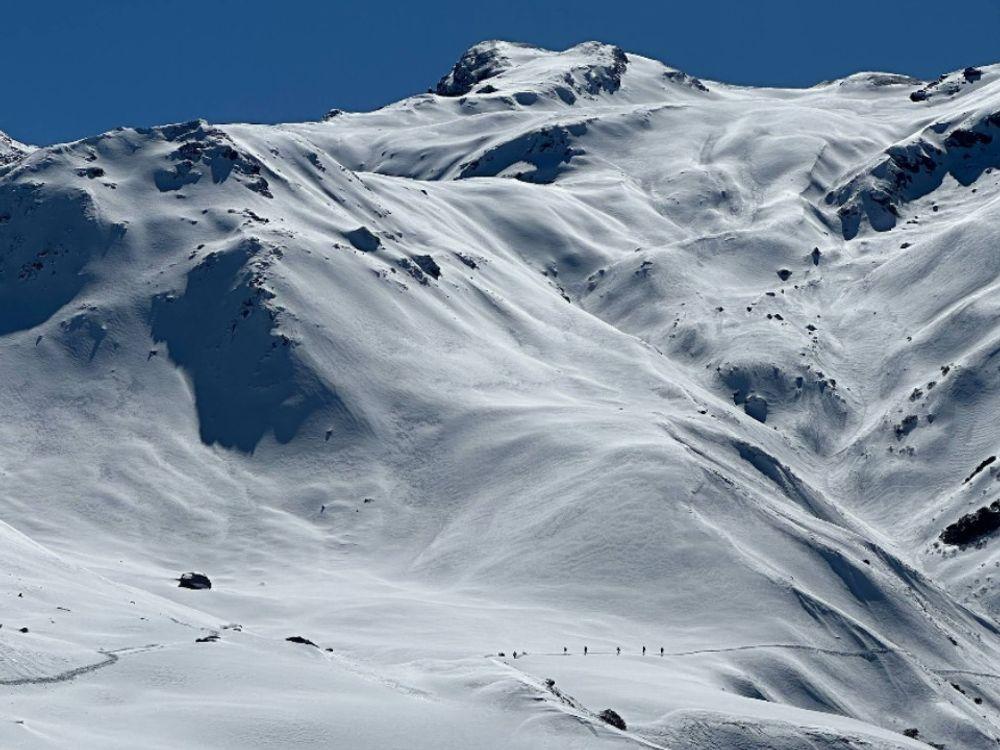
KuThe Kuari Pass Trek, also known as the Lord Curzon Trail, is one of the most loved treks in Uttarakhand, India. This moderately easy trek is perfect for beginners and those who enjoy peaceful mountain walks. The trek reaches a height of about 12,500 feet and offers a wonderful 360-degree view of the Greater Himalayas, including famous peaks like Nanda Devi, Dronagiri, Kamet, Trishul, and Chaukhamba.
The journey usually takes 5 to 6 days, starting from Joshimath or Tugasi. The trail passes through oak and rhododendron forests, quiet villages, and the beautiful alpine meadows of Gorson and Tali. In the winter months, the path is covered with snow, turning the whole landscape into a calm, white wonderland. The Kuari Pass Trek is a rewarding experience for anyone who wants to feel close to nature and the mighty Himalayas.
Quick Facts-
● Total Trek Distance: 33 km
● Maximum Altitude: 12500 ft
● Duration: 5-6 days
● Difficulty: Easy to Moderate
● Minimum Age: 10 years
● Region: Joshimath, Chamoli District
Brahmatal Trek
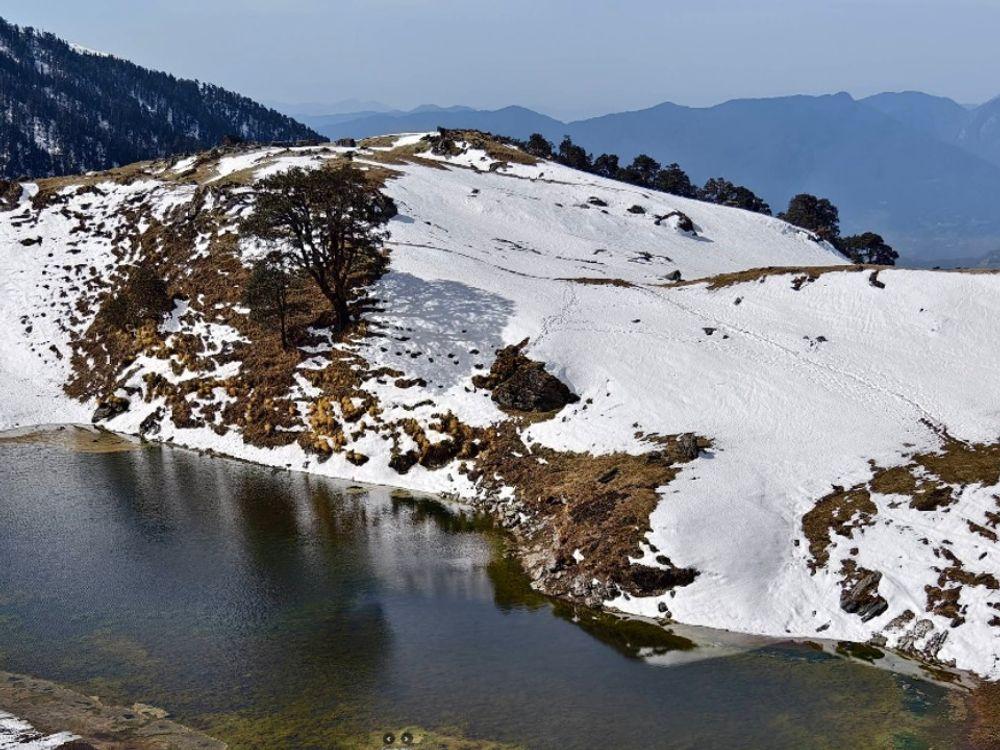
The Brahmatal Trek in the Garhwal Himalayas of Uttarakhand is one of the most popular and scenic winter treks, perfect for beginners. It is a 5 nights & 6 days trek that starts from the base camp at Lohajung (280 km from Rishikesh) and covers about 24 kilometers, reaching a height of around 12,250 feet.
The trail passes through beautiful forests of oak and rhododendron, leading to two peaceful lakes, Bekaltal and Brahmatal. From the summit, trekkers can enjoy a wide 360-degree view of the Himalayas, including Mt. Trishul and Mt. Nanda Ghunti.
The trek is open all year, but it’s especially charming in winter (December to March) when the area is covered in snow and the lakes often freeze, turning the whole landscape into a quiet, white winter wonderland.
Quick Facts-
● Total Trek Distance: 24 km
● Maximum Altitude: 12,250 ft
● Duration: 5-6 days
● Difficulty: Easy to Moderate
● Minimum Age: 10 years
● Region: Lohajung, Chamoli District
Nag Tibba Trek
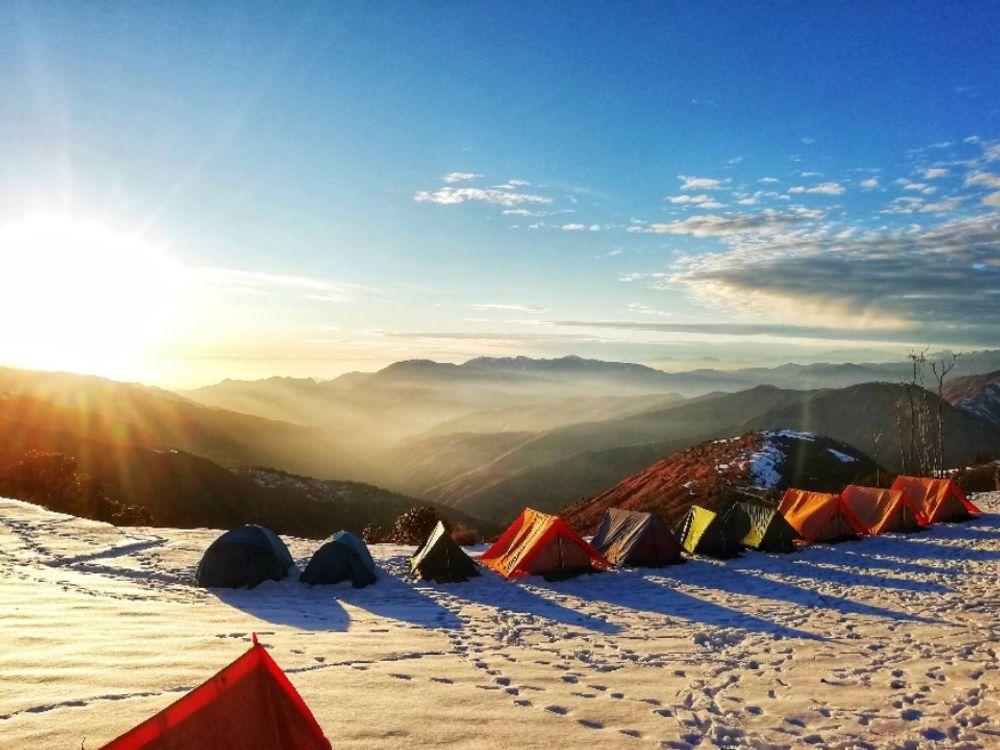
The Nag Tibba, also known as the “Serpent’s Peak”, is a popular winter trek in the Garhwal Himalayas of Uttarakhand. Perfect for beginners, the trek can be completed in one or two days and usually starts from Pantwari village. During winter, the trail is covered in snow, turning the landscape into a peaceful white paradise.
Reaching a height of about 9,915 feet, the trek offers a complete Himalayan experience with dense oak and rhododendron forests, open meadows, and cozy camping spots under clear, starry skies. The summit rewards trekkers with breathtaking views of snow-covered peaks like Bandarpunch, Swargarohini, and the Gangotri Range. The ancient Nag Tibba temple, dedicated to the Serpent God, adds a touch of culture and serenity, making this short winter adventure both beautiful and memorable.
Quick Facts-
● Total Trek Distance: 20 km
● Maximum Altitude: 9915 ft
● Duration: 2 days
● Difficulty: Easy to Moderate
● Minimum Age: 10 years
● Region: Dehradun
FAQs -
What are the easy winter treks in Uttarakhand?
All the treks mentioned above are easy or easy to moderate in difficulty. However, if you are looking for relatively easy winter treks, you can choose Nag Tibba, Brahmatal, or Dayara Bugyal Trek. These routes are beginner-friendly, scenic, and accessible even during the winter months.
How safe is it to trek in winter in Uttarakhand?
During winter, many high-altitude trekking routes in Uttarakhand are closed due to heavy snowfall, making them risky to access. However, some treks like Nag Tibba, Dayara Bugyal, Brahmatal, Gulabi Kantha, etc. remain safe and accessible. Choosing a trusted and reliable trekking organization is the best way to ensure a safe and comfortable trekking experience in winter. It helps you plan your trek perfectly, ensuring a safe and hassle-free trekking experience.
What essential gear should be used for snow treks?
For winter treks, it’s important to dress in layers. Start with thermal base wear, then a warm middle layer, and then a waterproof outer jacket. Wear insulated trekking boots with microspikes and gaiters for better grip on icy trails, along with wool socks and warm gloves.
Carry a thermal flask, sleeping bag, and a warm bag to stay comfortable at night. Don’t forget a sturdy backpack, trekking poles, sunglasses, and a first aid kit. Packing a firestarter, extra food and water, and a complete set of winter clothing ensures safety and warmth throughout your journey.
What is the best month and winter trek in Uttarakhand for fewer crowds?
Among the treks mentioned, Gulabi Kantha is the best choice if you want an offbeat and less-crowded experience, even during the peak trekking season. For most treks in Uttarakhand, February or later winter months are ideal for finding quieter trails and pleasant snow conditions.
What are the weather and temperature conditions during winter treks in Uttarakhand?
During winter treks in Uttarakhand, the weather is very cold, especially in higher regions. Daytime temperatures usually stay around 10°C to 0°C, while nighttime temperatures can drop to -10°C or even lower. Snowfall is common, covering the trails and forests in a beautiful white layer, though there are also clear, sunny days. Because of the cold, warm and insulated clothing is essential.
Are there any altitude sickness issues on winter treks in Uttarakhand?
Altitude sickness can be a concern on some high-altitude winter treks in Uttarakhand, such as Kedarkantha, Kuari Pass, and Brahmatal, where elevations exceed 3,000 meters (about 10,000 feet). Symptoms like headache, nausea, and dizziness may occur due to low oxygen levels. To reduce the risk, ascend gradually, stay hydrated, and allow time for proper acclimatization.

